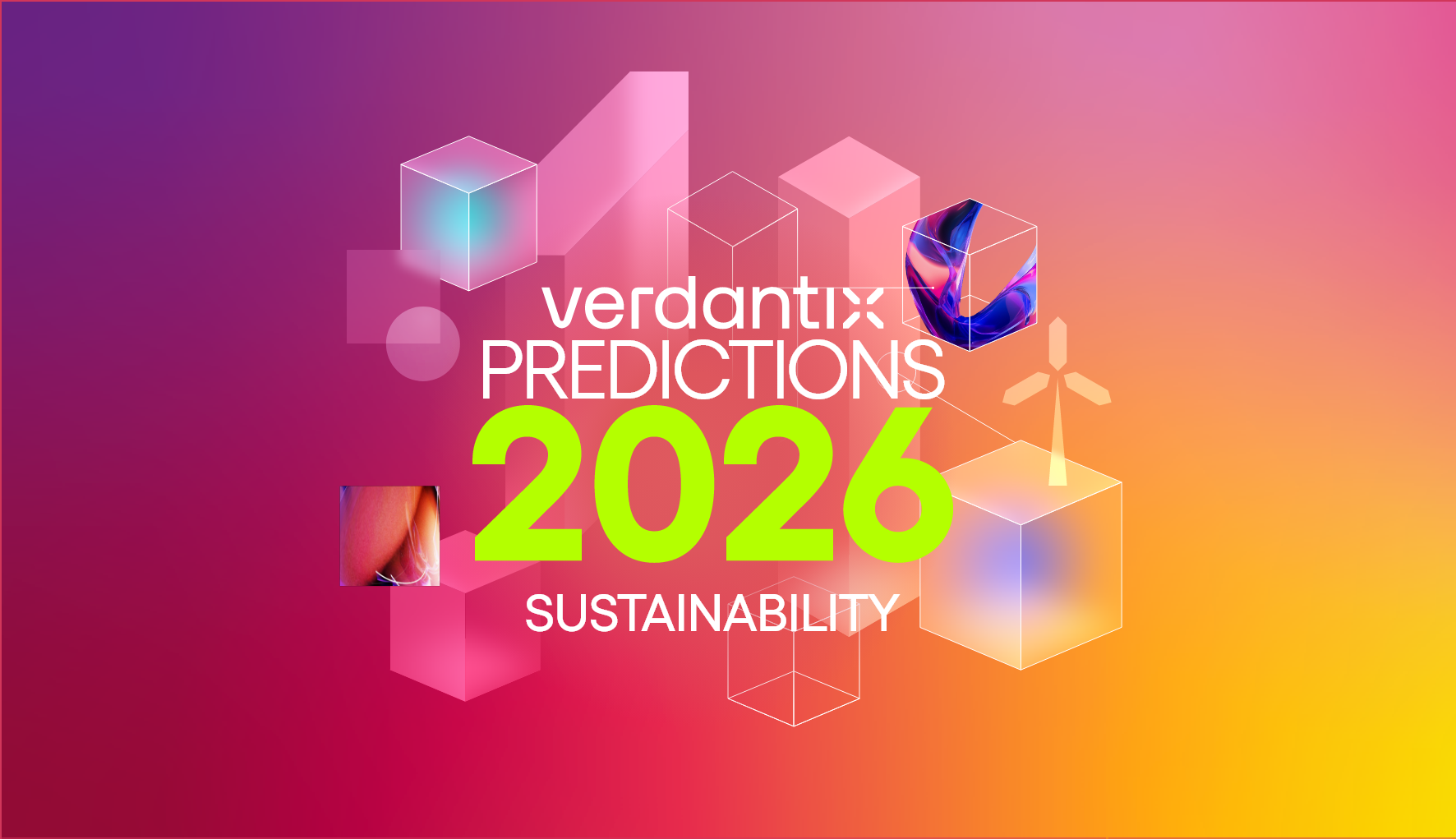Three Steps On The Path To Greater Supply Chain Sustainability
With regulators and stakeholders demanding transparency on business operations, supply chains cannot leave ESG matters out of the equation. Instead, organizations must embed sustainability as a brand and regulatory risk management and business resilience factor in their supply chains. In this context, the Verdantix Global Corporate Survey 2022: Supply Chain Sustainability Analysis sheds light on the drivers, challenges and priorities of those involved in supply chain operations. The survey, which gathered data from 150 senior executives located in the US, the UK and Europe, found that over 50% of participants highlighted ‘addressing external pressures’ as the top driver of supply chain sustainability initiatives.
A whole new package of supply chain sustainability regulations – such as the EU’s Due Diligence Directive, Norway’s Transparency Act and Germany’s Supply Chain Due Diligence Act – are mandating disclosure of firms’ sustainability impact, pushing businesses to enhance visibility into their supply chains’ ESG performance. However, the survey from Verdantix revealed that firms still lack the systems, information and knowledge to succeed in their sustainability goals. Over 50% of respondents recognized that they lack the expertise to meet stakeholders’ expectations on transparency, and the majority identified supply chain sustainability as a heavily manual process, with organizations relying on spreadsheets to collect ESG information.
The Verdantix global corporate survey found three main steps that corporates are increasingly prioritizing on the path to boosting supply chain ESG initiatives:
- Leverage voluntary reporting to strengthen ESG commitment: Over 70% of respondents identified voluntary reporting as the main driver of spend on supply chain sustainability initiatives. Voluntary reporting not only prepares firms for mandatory ESG disclosures, but it also allows organizations to provide a holistic view of ESG risks and communicate their genuine commitment to sustainability.
- Enhance stakeholders’ collaboration across value chains: Firms’ responsibility on ESG issues extends to their suppliers’ performance, which exposes corporations to high supply chain risks. Over 30% of participants ranked stronger relationships and collaboration with suppliers as the top initiative to prevent, identify and manage risks coming from human rights violations, labour rights, corruption and modern slavery.
- Use external services for data collection and social performance metrics: Gaining total end-to-end visibility is challenging, but digital solutions – such as those provided by Assent, Avetta, Diginex and Ethixbase – enable firms to access suppliers' ESG data and assess their risk profiles. Additionally, automation solutions, like those provided by EcoVadis, allow organizations to identify ESG issues, avoid costly controversies and meet stakeholders' demands for sustainable businesses.
To find out more about supply chain sustainability and digital solutions to improve supply chain ESG performance, see Verdantix Buyer’s Guide 2022: Supply Chain Sustainability Software and Verdantix Strategic Focus: Building Resilience Through Supply Chain Sustainability.
About The Author

Elisa Molero
Senior Analyst





